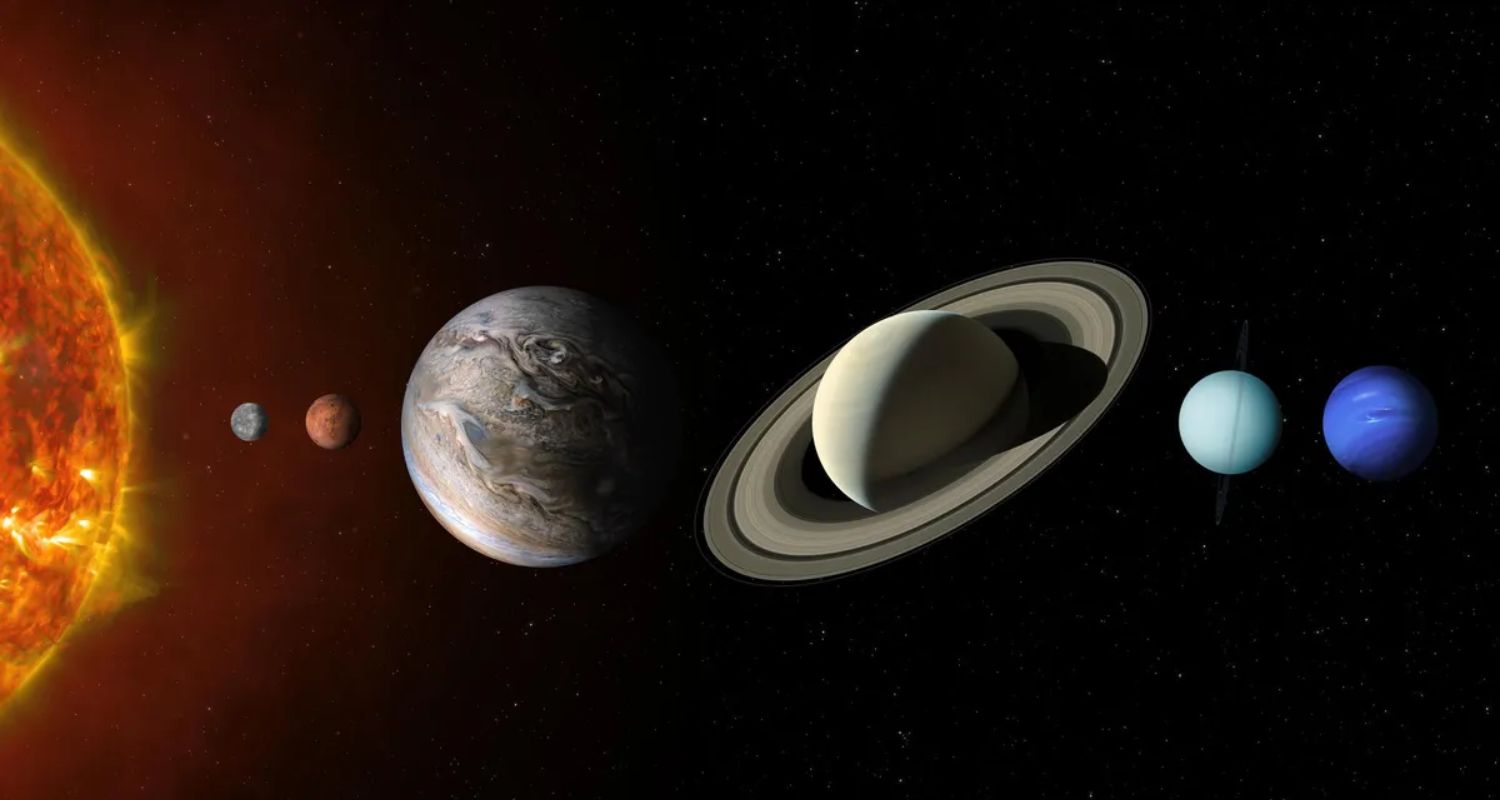The 2025 Planet Parade, a rare celestial event that began on January 21, continues to captivate stargazers around the world. This extraordinary phenomenon will remain visible until January 29, showcasing the alignment of six major planets—Mercury, Venus, Mars, Jupiter, Saturn, and Uranus.
For skywatchers and astronomy enthusiasts alike, this event represents a once-in-a-lifetime opportunity to witness the beauty and grandeur of the cosmos.
Significance of the Planet Parade
While the planets do not align in a perfectly straight line, they gather in the same general region of the sky, forming a striking "parade." Each planet brings its unique characteristics to this celestial event:
- Mercury: The smallest and innermost planet can be observed just above the horizon at sunset or sunrise, appearing as a faint, fleeting light.
- Venus: Known as the "Evening Star" or "Morning Star," Venus shines brilliantly as the brightest celestial object in the night sky after the Moon.
- Mars: Its reddish hue makes Mars stand out distinctly during the alignment.
- Jupiter: The largest planet in the solar system is easily visible due to its intense brightness.
- Saturn: Its golden glow and iconic rings can be admired, especially with the help of a telescope.
- Uranus: Although faint and challenging to spot, Uranus can be observed using binoculars or a telescope.

Visibility of the Planet Parade
This awe-inspiring event can be seen across the globe, with optimal visibility in areas free from light pollution. Whether at dusk or dawn, skywatchers can enjoy the alignment under clear skies.
How to witness the 2025 Planet Parade
While Mercury, Venus, Mars, Jupiter, and Saturn are visible to the naked eye, binoculars or telescopes are essential to view Uranus and finer planetary details, such as Saturn's rings. To enhance the experience:
- Find a location far from city lights, such as rural areas or elevated viewpoints.
- Look toward the western sky shortly after sunset or toward the eastern sky just before sunrise.
- Use stargazing apps or planetarium guides to identify the planets and their positions in the sky.
Connecting with the cosmos
The alignment of six major planets during the 2025 Planet Parade is a breathtaking event that unites science, wonder, and the timeless fascination with the night sky. For those who admire astronomy, this moment is a reminder of the vastness and beauty of our universe.

Mauni Amavasya 2025: A day of spiritual significance
Coinciding with the conclusion of the Planet Parade, Mauni Amavasya falls on January 29, offering another occasion to reflect on the connection between humanity and the cosmos.
Mauni Amavasya, also known as Maghi Amavasya, is observed on the new moon day of the Magh month and holds immense religious importance. Devotees believe that bathing in the holy Ganga River on this day purifies one from the sins of a lifetime.
Astrological and spiritual details
Astrologically, Mauni Amavasya occurs on the Krishna Paksha and marks the conjunction of the Sun (Surya) and Moon (Chandra) in Capricorn (Makar Rashi). This conjunction is believed to attract abundance, prosperity, and positive energy. The key timings for Mauni Amavasya 2025 are:
- Start: January 28, 7:35 pm
- End: January 29, 6:05 pm
- Nakshatras: Uttara Ashadha until January 29, 8:20 am, followed by Shravana.
Rituals and observances
- Holy Dip: Bathing in the Ganga is central to Mauni Amavasya, symbolising the cleansing of sins and spiritual renewal.
- Silence and Fasting: Many observe a vow of silence and fast as acts of penance and self-discipline.
- Charity: Performing acts of kindness, such as donating food or clothes, is encouraged as a display of virtue.
As the celestial Planet Parade and the sacred Mauni Amavasya unfold simultaneously, these events provide an extraordinary opportunity to marvel at the universe's wonders and embrace a sense of spiritual fulfillment.
Whether gazing at the planets or seeking inner peace through ancient traditions, this week offers a unique blend of science and spirituality for all to cherish.



